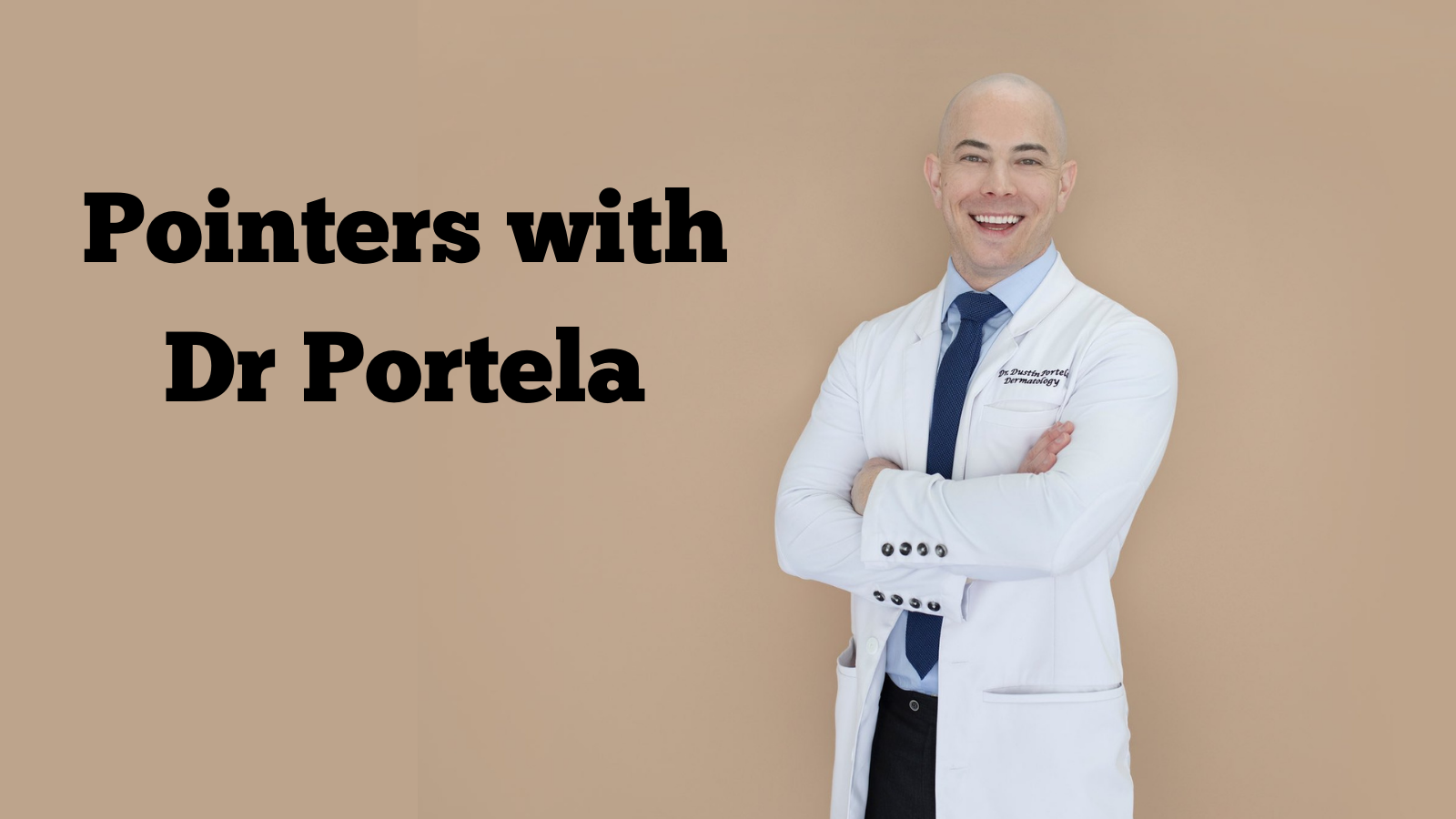- Acne
- Actinic Keratosis
- Aesthetics
- Alopecia
- Atopic Dermatitis
- Buy-and-Bill
- COVID-19
- Case-Based Roundtable
- Chronic Hand Eczema
- Drug Watch
- Eczema
- General Dermatology
- Hidradenitis Suppurativa
- Melasma
- NP and PA
- Pediatric Dermatology
- Pigmentary Disorders
- Practice Management
- Precision Medicine and Biologics
- Prurigo Nodularis
- Psoriasis
- Psoriatic Arthritis
- Rare Disease
- Rosacea
- Skin Cancer
- Vitiligo
- Wound Care
Article
Laser fundamentals
A review of basic laser knowledge will help dermatologists improve operating room and patient safety as well as ensure optimal outcomes. One expert offers tips for assessing space, equipment and patients.
Whether you own one laser or a practice full of lasers, dermatologists can benefit from simple kowledge about how to use those devices optimally and safely.
Knowledge about laser-tissue interaction, basic laser engineering and how to determine a potential laser-related problem, as well as a commitment to safety practices, can transform a dermatologist’s laser practice, according to dermatologist E. Victor Ross, M.D., who presented on the basics of lasers and light earlier this year at the Maui Derm for Dermatologists conference 2016, in Maui, Hawaii

See page two for information about interactions between light and tissue
Eye safety
One of the critical areas of laser safety is the eyes, according to Dr. Ross, who practices at Scripps Clinic Carmel Valley, San Diego, Calif.
“Eye safety is tantamount to operating in a good working environment. If you wear your goggles, there are very few tragic things that can happen with a laser, at least for the people (other than the patient) in the room,” Dr. Ross says. “The physician or whoever is operating the laser is the captain of the ship. You’re ultimately responsible for the safety of everyone in the room.”
The room for laser procedures is the nominal hazard zone.
“That’s the area where anybody in that space is at risk, so it behooves the operator to look around and make sure that everyone in the room has the proper goggles on before you start the procedure,” Dr. Ross says.
With any kind of laser, Dr. Ross tells dermatologists to “look, listen and feel.” Make sure the beam looks good and achieves a uniform effect across the entire spot on the tissue. Make sure the laser sounds right. The cooling hand piece should be cold.
Everything has to look right, and the laser operator should know on the first pulse if there’s a problem.
“It’s really common sense. It’s like getting in your car. If your car sounds funny when you’re turning it on, there’s probably something wrong with it,” Dr. Ross says. “If there is something wrong, stop, look around, and see if it’s something obvious.”
That primary assessment can lead to the dermatologist uncovering a simple, fixable problem, such as a noisy fan, which needs a little oil.
“If it’s something you can’t fix, which could be many things, you need to get an error code off the machine and call the technical service people for that company,” Dr. Ross says.
Non-beam hazards in the nominal hazard zone include fire and electrical. Ignition of materials can occur from direct or intense reflected or scattered beams, according to Dr. Ross, and laser-associated electrocution can cause death. Dr. Ross also warns that laser capacitators can retain high energy charges, even when the power is off.
Next: How to keep your patients safe
Related: The advantages of lasers for acne
Patient Considerations
Patient safety during laser procedures includes taking the same proper precautions one would with the laser operator and staff in the room, as well as having knowledge about laser-tissue interactions, which include thermal, mechanical, chemical and plasma.
“Most laser tissue interactions in dermatology are based on thermal mechanisms. Basically, we’re typically converting light - electromagnetic radiation - into heat. That’s 99% of what we do,” Dr. Ross says.
It’s also important that dermatologists understand the main chromophores in the skin, which are blood, melanin and water, and the absorption spectrum for each over the visible and infrared range. With that knowledge, dermatologists can predict what’s going to happen with a particular laser, according to Dr. Ross.

Wavelength penetration guide for skin
“It’s better to do that than rely on preset settings from a company to determine what is the best laser for the best indication,” Dr. Ross says. “If you know the absorption spectrum of those three main chromophores, it empowers you to be a better physician.”
When it comes to laser-tissue interactions, there’s a cascade of events and three important considerations: Photon migration in tissue; temperature increase as a response of chromophore absorption; and response of chromophore to temperature-time combination, according to the dermatologist.
The first interaction is the light with the skin’s surface and the skin either scatters light or absorbs it, depending on the wavelength and the skin properties.
“The light propagates through the skin like balls coming out of a pinball machine. Your skin determines what happens to those pinballs as they go down, based on the optical properties of the skin,” he says. “That’s photon migration.”
The photon then reaches a particular target, and the outcome is going to be based on the wavelength of the light and the energy and the pulse duration.
“Those three things determine what’s going to happen,” Dr. Ross says. “If you have a hair follicle, which I think is the best example of selective photothermolysis, you have a certain wavelength, pulse duration and chromophore that allows for very spatially selected heating. What happens is you get this very robust heating, and it’s all determined by the hair color and thickness.”
Hair is a good example, he says, because the hair bulb is about 2 or 3 mm in the skin. A certain fraction of the light is going to reach the hair bulb, and then that fraction of light, depending on the wavelength, is going to heat the hair bulb based on the pulse duration and energy.
“Again, if you know the absorption spectrum for melanin, which is basically the absorption spectrum of a hair bulb, and if you know the depth of penetration of the light, then you can create an algorithm that’s an effective treatment for hair reduction,” he says. “You wouldn’t want, for example, to use a very short wavelength for hair reduction - even though it might be strongly absorbed by pigment. Generally speaking, longer wavelengths of light, particularly in the visible light range/ near infrared range--will penetrate deeper. So, if you’re going after hair, you basically have to use a laser that’s beyond 600 nm to get effective hair reduction.”
Staying out of trouble
Basic knowledge and vigilance about laser safety and best practices can prevent the causes of laser complications, which include: device malfunction (when a temperature sensor malfunctions, for example); non-familiarity with device; variation from one machine to another (as happens with rentals); poor patient selection and screening; operational errors; and poor post-treatment care. The only cause of complications it can’t prevent, according to Dr. Ross, is bad luck.
Poor laser technique includes pulse stacking; not holding the hand piece properly, resulting in poor contact; skipping areas; and a lack of uniform application of pulses. Having too high a setting on a laser can cause complications. Or using a hair removal laser in an area with tattoos, for example, can inadvertently heat tattoo ink on a patient with tattoos and cause extensive thermal damage and a scar.
Preventing laser complications requires that dermatologists know their lasers and know the skin, use their senses and concentrate, according to Dr. Ross.
“Look, listen and feel,” he says. “That’s the key: Vigilance!”
Disclosure: Dr. Ross reports no relevant disclosures.















